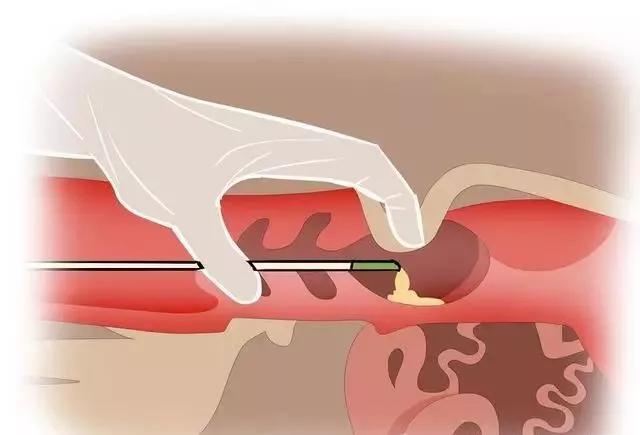At present, ultrasound diagnosis plays an important role in animal clinical practice and animal production. Animal husbandry and veterinary workers are increasingly aware of the value of pig ultrasound diagnostic technology in animal husbandry. However, due to insufficient understanding of pig ultrasound technology and relatively complex ultrasound knowledge, it is not easy to master in a short period of time, and other reasons, pig ultrasound technology has not been widely promoted in animal husbandry. This study aims to establish an easy to understand and learn ultrasound imaging map for early, mid, and late pregnancy of sows by monitoring the entire pregnancy process. At the same time, it supplements the standard ultrasound image map for the lack of ultrasound images in the middle and late stages of pregnancy. The goal is to establish a systematic and comprehensive reference map for fetal changes during sow pregnancy using a pig ultrasound machine, which can be used to guide livestock production practice.
Early pregnancy pig ultrasound imaging features and characteristics:
The time for early detection of gestational sac after mating is 18 days, and the diameter of gestational sac is 10 mm at 18 days (see Figure 1), but the detection rate is relatively low. During the period of 18 to 25 days of pregnancy, the gestational sac grows rapidly, and there are multiple approximately circular black dark areas (gestational sacs) in the uterine region, which exhibit a contractile fetal reflex. 32 days of pregnancy showed strong echoes of fetal bone calcification. From 21 to 35 days of pregnancy, the gestational sac is filled with amniotic fluid, which is distinct and roughly circular in shape, containing low echoic fetal reflexes. As the gestational age increases, the gestational sac gradually enlarges, and the fetal reflex inside the gestational sac also gradually strengthens. The early gestational sac is round or oval in shape, and later it mostly becomes irregular.
The imaging manifestations and characteristics of pigs in mid pregnancy using B-ultrasound machine: Mid pregnancy (45-84d after mating) is the period when fetal bones begin to calcify and become completely calcified. Due to the decrease in amniotic fluid, the gestational sac becomes irregular and unclear (see Figure 2), developing into an embryo. White strong echo bone images with enhanced echoes gradually appear on the imaging during this period. At 80 days, the fetal spine is clearly displayed. Figure 2 45d pregnancy image Figure 3 95d pregnancy image
The imaging features and characteristics of late pregnancy pigs using B-ultrasound machine: During the late pregnancy period (84d-114d after mating), the embryo grows and develops rapidly. The imaging of this period (see Figure 3) can clearly see the ribs and spine of the fetus, and the body cavity can be distinguished clearly.
Based on typical imaging images obtained at different stages, the following conclusion can be drawn: the judgment of negative early pregnancy should be cautious and multiple re examinations should be conducted several days later. Pregnant sows between 18d and 23d of gestation can be tested for pregnancy using a B-ultrasound machine. However, due to the lack of amniotic fluid, the images are difficult to judge and the accuracy may be affected by the experience of the testing personnel, which can easily lead to misjudgment. Moreover, the examination time is long and labor-intensive. This stage is the period when non pregnant sows return to estrus, and the determination of whether the sow is pregnant should be combined with the identification of estrus. Sows around 24-30 days of pregnancy have obvious honeycomb shaped black spots on ultrasound imaging, which is very easy to judge and is the best time for pregnancy examination. As the gestational age increases, the detection area of the probe should gradually expand. In mid pregnancy, the amniotic fluid in the gestational sac decreases, the gestational sac becomes irregular, and the fetal bones gradually develop. Therefore, the imaging map should be judged by observing white strong echo bone (spine) images. Late pregnancy should be judged by observing the skeletal images of the fetal spine and chest cavity.








